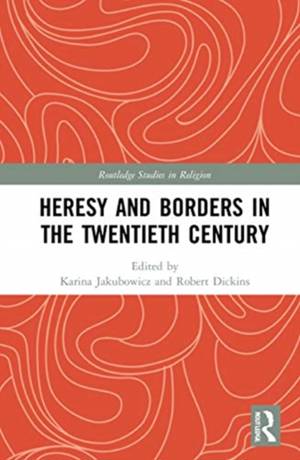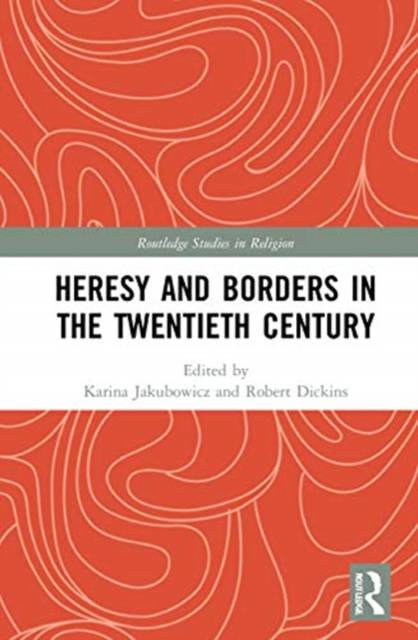
- Afhalen na 1 uur in een winkel met voorraad
- Gratis thuislevering in België vanaf € 30
- Ruim aanbod met 7 miljoen producten
- Afhalen na 1 uur in een winkel met voorraad
- Gratis thuislevering in België vanaf € 30
- Ruim aanbod met 7 miljoen producten
Heresy and Borders in the Twentieth Century
Omschrijving
This book explores the shifting and negotiated boundaries of religion, spirituality, and secular thinking in Britain and North America during the twentieth century. It contributes to a growing scholarship that problematises secularization theory, arguing that religion and spirituality increasingly took diverse new forms and identities, rather than simply being replaced by a monolithic secularity.
The volume examines the way that thinkers, writers, and artists manipulated and reimagined orthodox belief systems in their work, using the notion of heresy to delineate the borders of what was considered socially and ethically acceptable. It includes topics such as psychospiritual approaches in medicine, countercultures and religious experience, and the function of blasphemy within supposedly secular politics. The book argues that heresy and heretical identities established fluid borderlands. These borderlands not only blur simple demarcations of the religious and secular in the twentieth century, but also infer new forms of heterodoxy through an exchange of ideas.
This collection of essays offers a nuanced take on a topic that pervades the study of religion. It will be of great use to scholars of Heresy Studies, Religious Studies and Comparative Religion, Social Anthropology, History, Literature, Philosophy, and Cultural Studies.
Specificaties
Betrokkenen
- Uitgeverij:
Inhoud
- Aantal bladzijden:
- 210
- Taal:
- Engels
- Reeks:
Eigenschappen
- Productcode (EAN):
- 9780367545031
- Verschijningsdatum:
- 11/03/2021
- Uitvoering:
- Hardcover
- Formaat:
- Genaaid
- Afmetingen:
- 156 mm x 233 mm
- Gewicht:
- 443 g

Alleen bij Standaard Boekhandel
Beoordelingen
We publiceren alleen reviews die voldoen aan de voorwaarden voor reviews. Bekijk onze voorwaarden voor reviews.










